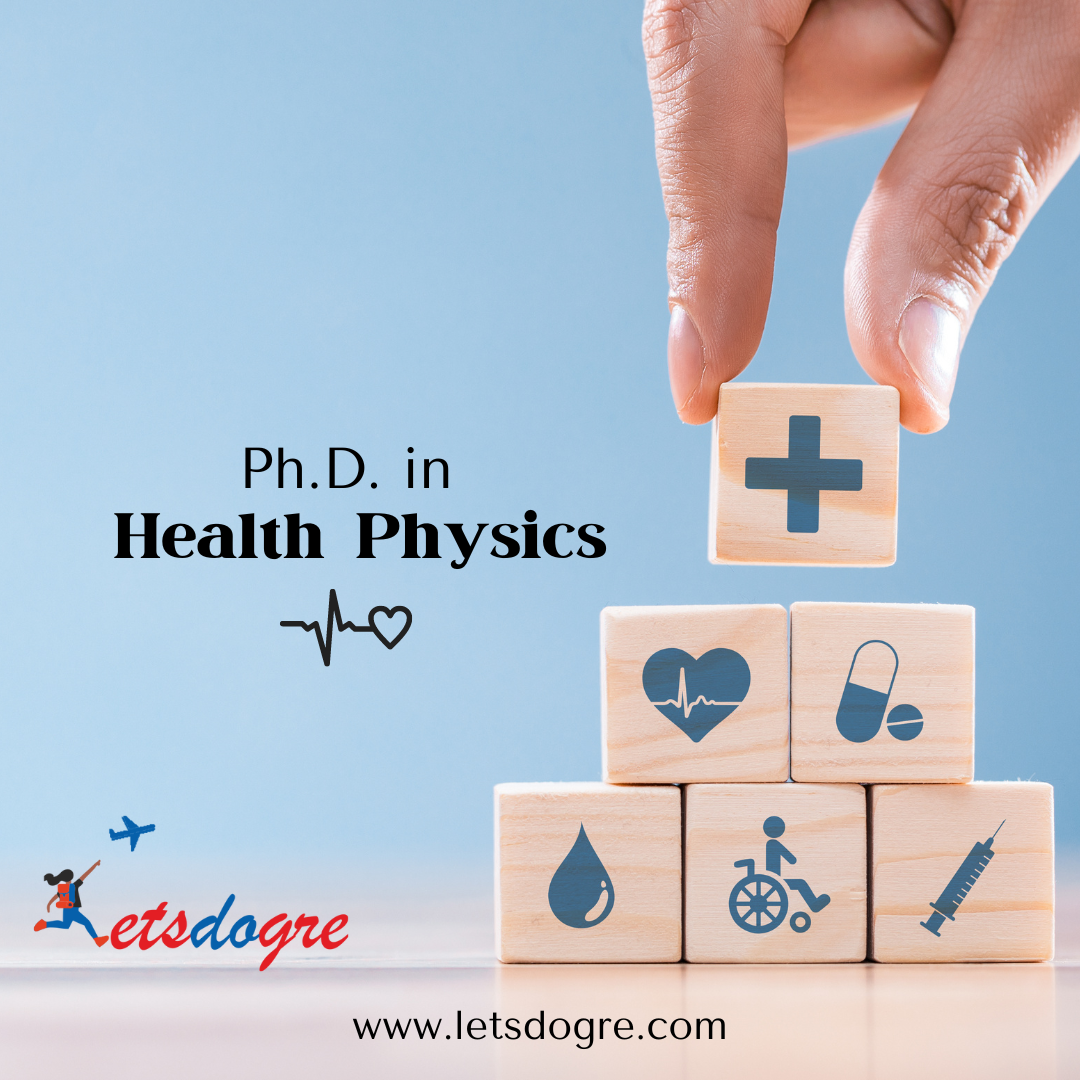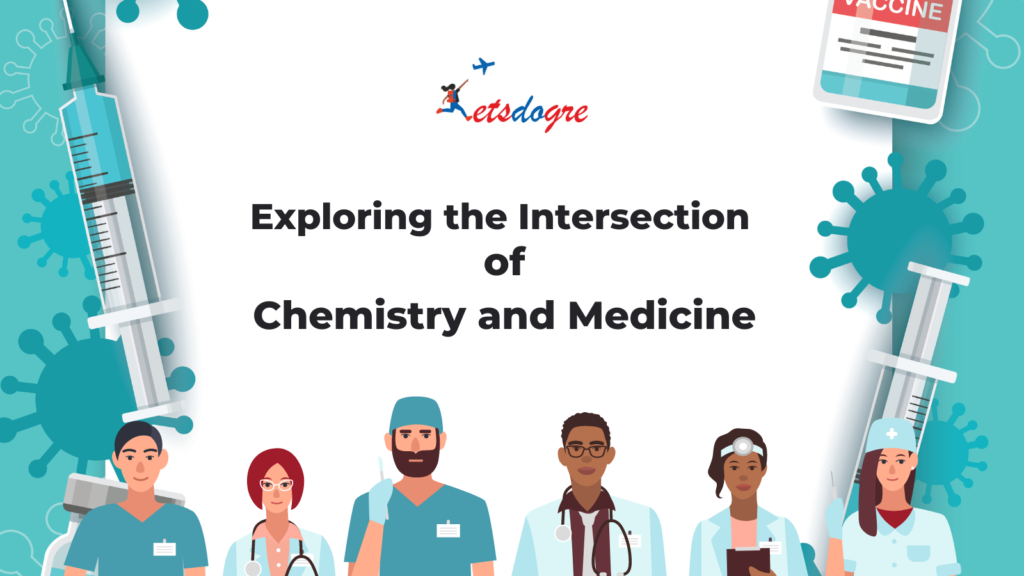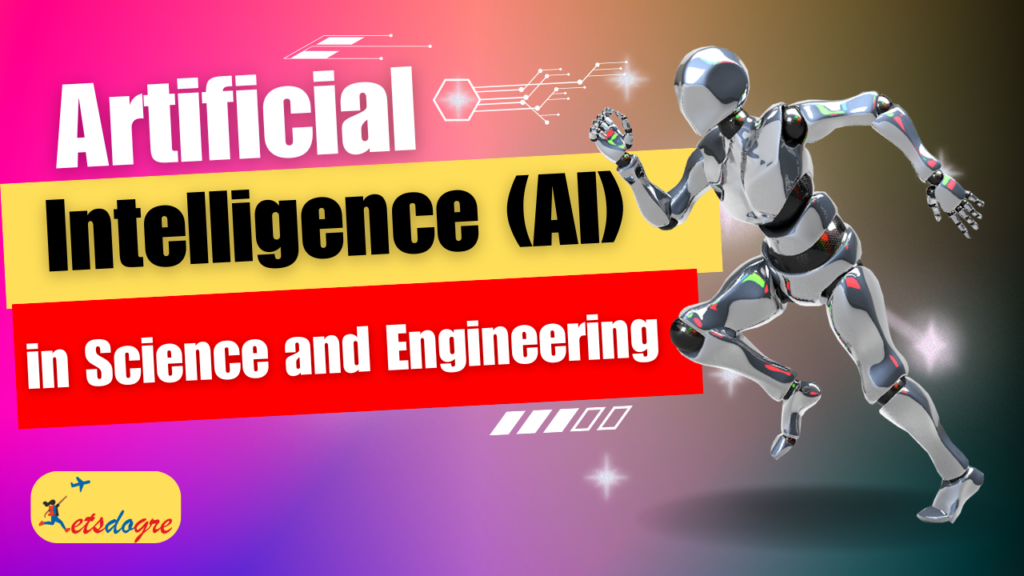
- April 22, 2024
- 12:53 pm
-
Views: 194
PhD in Health Physics
What is Health Physics?
Health physics is a specialized field that focuses on protecting people and the environment from the harmful effects of radiation while utilizing radiation for beneficial purposes, such as in medicine, industry, and research. The term “health” in health physics emphasizes the importance of safeguarding human health from the hazards associated with radiation exposure.
Incorporating concepts from physical education and physical health, health physics encompasses knowledge of how radiation interacts with living organisms, including humans, and how to mitigate risks associated with radiation exposure. Professionals in health physics often apply principles from physical education and physical health to ensure workers and the public are educated about radiation risks and are equipped with strategies to maintain their well-being in radiation environments. This multidisciplinary approach ensures that individuals can lead healthy lives while working in industries or environments where radiation is present.
The Intersection of Health Physics and Biohazards
Health physics deals with the study of radiation and its effects on humans and the environment. Biohazards, on the other hand, refer to biological substances that pose a threat to the health of living organisms, including humans. When these two fields intersect, it often involves situations where radioactive materials are involved in biological hazards, such as in nuclear accidents or incidents involving radioactive materials.
Here are a few examples of biohazards faced by humans in the context of health physics:
Nuclear Accidents: Events like the Chornobyl disaster in 1986 and the Fukushima Daiichi nuclear disaster in 2011 resulted in the release of radioactive materials into the environment. These incidents led to widespread contamination of land, water, and food sources, posing long-term health risks to individuals exposed to radiation.
Radiation Therapy Side Effects: While radiation therapy is a crucial treatment for cancer, it can also have side effects on healthy tissues and organs surrounding the tumor. Patients undergoing radiation therapy may experience skin damage, hair loss, and other health complications due to exposure to ionizing radiation.
Radiation Exposure in the Workplace: Workers in industries dealing with radioactive materials, such as nuclear power plants, medical facilities, and research laboratories, are at risk of exposure to radiation. Without proper safety measures and protective equipment, these workers may suffer from radiation-related health problems, including increased cancer risk and radiation sickness.
Radioactive Contamination of Food and Water: In the aftermath of nuclear accidents or incidents involving radioactive spills, food and water sources may become contaminated with radioactive isotopes. Consuming contaminated food and water can lead to internal radiation exposure, affecting the health of individuals and potentially causing long-term health effects.
Biological Terrorism Involving Radioactive Materials: There is a potential threat of terrorists using radioactive materials in biological weapons to cause harm to civilian populations. Such incidents could lead to widespread contamination and pose significant health risks to affected individuals.
In conclusion, the intersection of health physics and biohazards highlights the importance of understanding the risks associated with exposure to radioactive materials and implementing effective safety measures to protect human health and the environment.

Research areas related to Health Physics:
- Radiation Detection and Measurement
- Radiation Dosimetry
- Radiation Biology and Radiobiology
- Radiation Protection and Shielding
- Medical Health Physics
- Environmental Health Physics
- Radiation Emergency Preparedness and Response
- Radioactive Waste Management
- Computational Health Physics
- Regulatory Compliance and Standards
All about PhD in health Physics:
Educational Qualifications for pursuing PhD in health physics
To increase your chances of being accepted into a PhD program in health physics, it’s beneficial to have a bachelor’s degree in physics, engineering (nuclear engineering, electrical engineering, or mechanical engineering), radiological health, or a closely related field. However, a master’s degree in a related field can significantly strengthen your application.
Application Requirements for pursuing PhD in health physics
Statement of Purpose (SOP): Your statement of purpose is a crucial part of your application. It’s your chance to express your academic interests, research goals, and reasons for pursuing a PhD in health physics. Make sure to highlight your relevant experiences, career aspirations, and how the program aligns with your objectives.
Personal Statement: A personal statement is a written document that allows individuals to express their personal experiences, achievements, aspirations, and reasons for applying to a particular program or institution. It often accompanies applications for college admissions, scholarships, or job positions. In a personal statement, applicants have the opportunity to highlight the unique qualities, skills, and motivations that make them suitable candidates.
Academic Statement: An academic statement is a written document that outlines an individual’s academic background, achievements, research interests, and academic goals. It is commonly required as part of applications for graduate programs, scholarships, fellowships, or academic positions. The academic statement provides evaluators with insight into the applicant’s academic strengths, intellectual curiosity, and potential for scholarly contributions.
Curriculum Vitae (CV): You’ll need to provide a comprehensive CV or resume that highlights your educational background, research experience, relevant coursework, publications (if any), presentations, awards, and any other accomplishments relevant to your application.
Letters of Recommendation: Most PhD programs require letters of recommendation from professors, employers, or other individuals who can assess your academic abilities, research potential, and suitability for doctoral studies. Typically, you’ll need two to three letters of recommendation from your professors.
English Language Proficiency: If English is not your native language, it’s important to demonstrate your English proficiency. You may need to provide scores from an English proficiency test such as the TOEFL or IELTS as part of your application.
English Language Proficiency Waiver: An English language proficiency waiver exempts individuals from providing proof of their proficiency in the English language when applying for academic programs or positions where English proficiency is typically required. The waiver acknowledges that the applicant possesses sufficient language skills to succeed in an English-language environment without needing to submit additional documentation.
US Universities offering PhD in Health Physics:
Purdue University
Idaho State University
Texas A & M University
Oregon State University
McMaster University
Louisiana State University
Colorado State University
Connect with us for more information on universities offering Ph.D. in health science in the USA
Careers after pursuing PhD in Health Physics:
- Academic Researcher/Professor
- Radiation Protection Specialist
- Health Physicist
- Medical Physicist
- Government Regulatory Official
- Consultant in Radiation Safety
- Research Scientist
- Radiation Safety Officer (RSO)
- Radiation Emergency Response Specialist
INDEX
Have Any Query?
Frequently Asked Questions
There are various scholarships available for students pursuing studies in Health Physics in the USA. Some options include the Health Physics Society Scholarship, GRA, American Nuclear Society Scholarships, and scholarships offered by specific universities with Health Physics programs.
Physics plays a crucial role in various aspects of the healthcare industry, including medical imaging techniques like X-rays, MRI, and CT scans, radiation therapy for cancer treatment, medical instrumentation development, and understanding the underlying physical principles behind biological processes.
Health physics is a branch of physics concerned with radiation protection, radiation safety, and the effects of radiation on human health and the environment. Health physicists work to ensure that radiation exposure in various settings, such as medical facilities, nuclear power plants, and industrial facilities, is kept within safe limits.
Physics is taught in medical education because it provides the foundational understanding of the physical principles underlying biological processes and medical technologies. It helps medical professionals comprehend concepts related to medical imaging, radiation therapy, biomechanics, and other fields crucial for diagnosing and treating patients.
Health monitors are devices or systems used to track and monitor various aspects of an individual's health, such as heart rate, blood pressure, oxygen saturation, and physical activity. They play a vital role in preventive healthcare by providing real-time data that individuals and healthcare professionals can use to make informed decisions about health and wellness.
Health monitors are devices or systems used to track and monitor various aspects of an individual's health, such as heart rate, blood pressure, oxygen saturation, and physical activity. They play a vital role in preventive healthcare by providing real-time data that individuals and healthcare professionals can use to make informed decisions about health and wellness.
The duration for completing a PhD in Health Science can vary depending on the program, research area, and individual circumstances. Typically, it takes around 3 to 5 years to complete a PhD program, but some programs may require longer periods, especially if extensive research or clinical experience is involved.
Physical health education is closely related to health science as it encompasses the knowledge and practices related to maintaining and improving physical health and well-being. Understanding concepts of anatomy, physiology, nutrition, and exercise science are essential components of health science education.
There are various internship opportunities available for individuals pursuing a PhD in Health Science, depending on their research interests and career goals. Internships may be offered by research institutions, healthcare organizations, government agencies, or private companies involved in health-related research, policy, or practice.
Shortlisting universities before applying for a PhD program is important as it allows applicants to identify institutions that align with their research interests, faculty expertise, available resources, and career aspirations. It enables applicants to tailor their applications and increases their chances of finding the best-fit program for their academic and professional goals.





